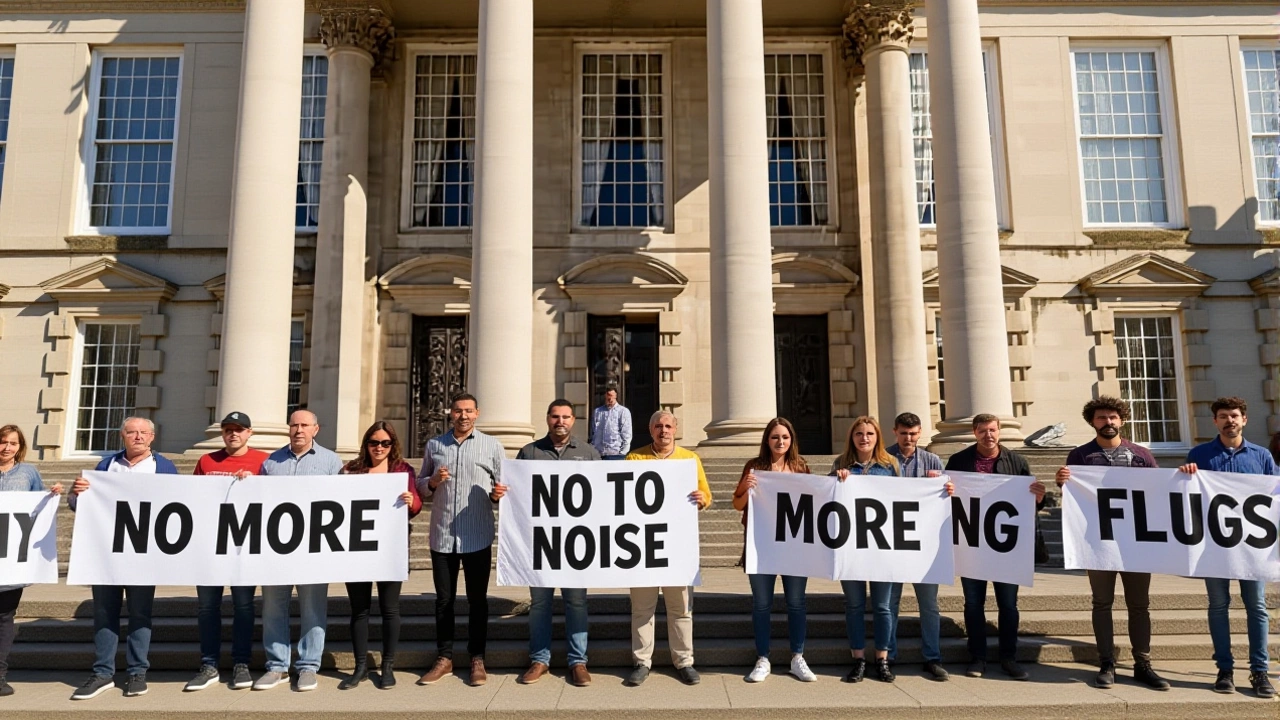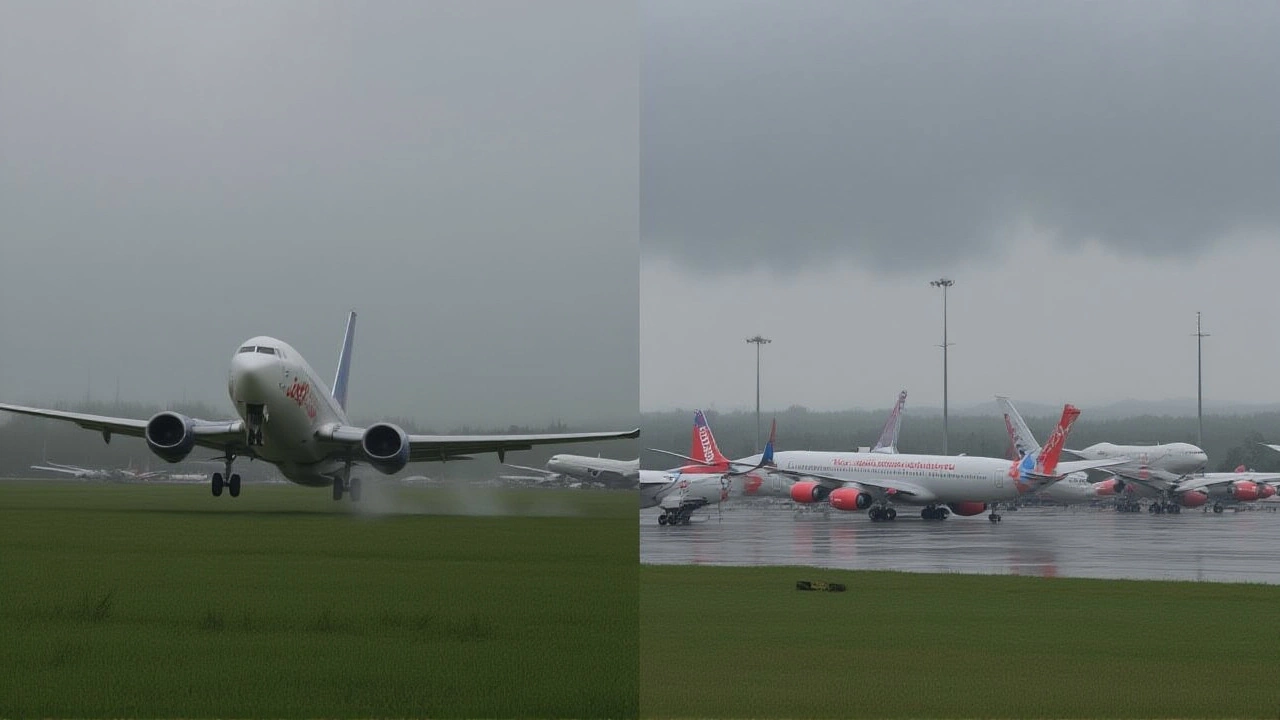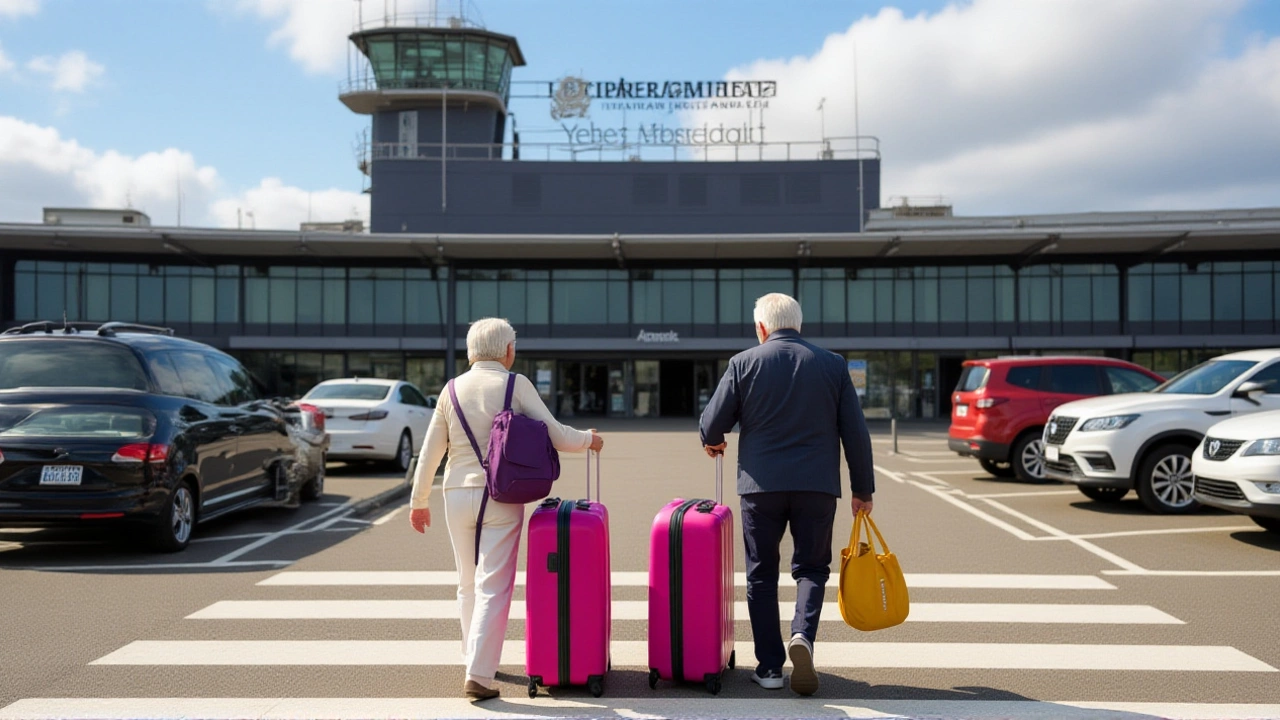Leeds Bradford Airport loses night‑flight appeal; council restriction upheld

When Leeds Bradford Airport walked out of the Planning Inspectorate’s public inquiry in March 2025, it discovered its hopes for unlimited night‑flight operations had been knocked flat. The inspector’s decision, handed down in early April, upheld Leeds City Council’s enforcement notice that bars certain aircraft from flying after 11 p.m. The ruling matters because the airport serves more than 4.2 million passengers a year, and the night‑flight ban directly touches the quality of life for residents of Yeadon and other nearby communities.
Background to the night‑flight dispute
Since September 2024, neighbours of Yeadon (postcode LS19 7TU) have been filing complaints about aircraft that breach the 1993 planning permission 29/114/93/FU, specifically Condition 6, which reads: “During the night time period (23.00‑07.00), no aircraft movements shall take place other than by:” followed by a list of permitted aircraft types. The most contentious of those are the QC0.25 and QC0.125 categories – small prop‑jets and turboprops whose noise output hovers around 87 dB, the very ceiling set by the original condition.
In December 2023, the airport submitted application 23/07491/CLE, seeking to reinterpret the condition so that these aircraft could operate freely at night. Leeds City Council rejected the request on 21 March 2024, issuing an enforcement notice that effectively capped night movements. The airport appealed under section 195 of the Town and Country Planning Act 1990, and the case was referred to the Planning Inspectorate.
Public Inquiry findings
The inquiry, opened on 11 March 2025, examined three separate appeals. The inspectorate dismissed two of them, including the one that aimed to treat QC0.25 flights as “continuous” and therefore exempt from the cap. As reported by Yorkshire Bylines, LBA’s legal team made an apparently contradictory argument: they first claimed that local rules made night QC0.25 flights illegal, but then argued that because such flights had allegedly occurred uninterrupted for a decade, the rules should no longer apply.
The inspector concluded that QC0.25 aircraft are outright prohibited at night – there is no legal pathway to count them toward the night‑flight limit because they cannot fly at all after 23:00.
Council’s stance and the loophole
In a controversial after‑thought, Leeds City Council decided that because the aircraft are illegal at night, they also do not need to be counted toward the cap. In practice, this means LBA could theoretically operate an unlimited number of QC0.25 jets after 23:00, provided they never exceed the 87 dB threshold – a technicality that critics say sidesteps the spirit of the original condition.
GALBA’s analysis points out that delayed flights arriving after 1 a.m. are forced to divert to other airports or be postponed, a situation that adds operational costs and still leaves the night‑time soundscape unchanged.

Reactions from campaigners and the airport
When the decision was announced, Ian Coatman, secretary of Group for Action on Leeds Bradford Airport hailed it as “a victory for local people, our environment and common sense.” He told the West Leeds Dispatch that the council’s ruling “puts a stop‑gap on the noisiest aircraft at night and forces the airport to rethink its operating model.”
The airport’s spokesperson replied, “We are reviewing the outcomes of the public inquiry and will be working closely with Leeds City Council to determine the best path forward. Our priority is for our airport to continue to fulfil the needs of the 4.2 million‑plus people who choose to travel with us each year, while supporting our employees, our communities and our region.”
Industry observers note an ironic twist: newer generation jets such as the Airbus A320neo (≈85 dB on take‑off) and Boeing 737‑MAX (≈70 dB) are actually quieter than some of the older prop‑planes allowed under the current condition.
Implications for residents and future operations
The decision creates a legal gray area. While the inspectorate has closed the door on counting QC0.25 flights toward the night‑flight cap, the council’s interpretation essentially leaves the ban unenforced for those aircraft. Residents fear that “unlimited” night operations could become the new normal, especially as airlines chase cheaper slots during off‑peak hours.
Environmental groups argue that the council should move quickly to enforce paragraph 6(c) of the planning permission, which would prohibit any night movement of QC0.25 and QC0.125 aircraft outright. Failure to do so could set a precedent for other UK airports seeking to sidestep noise‑abatement conditions.

What’s next?
Leeds City Council has not yet filed a formal enforcement notice against the airport for alleged breaches of the night‑flight cap. However, councilors have pledged to revisit the matter within “the coming weeks,” according to minutes from a 2 April 2025 meeting.
Meanwhile, LBA is expected to submit a revised operational plan that acknowledges the inspector’s findings while seeking a pragmatic compromise on night‑time routing. The Planning Inspectorate’s full report is catalogued under Planning Application 23/07490/CLE, and a copy is available at the council’s planning department for public scrutiny.
- Key Fact 1: The inspectorate dismissed two of three appeals on 3 April 2025.
- Key Fact 2: QC0.25 aircraft cannot legally fly between 23:00‑07:00 under Condition 6.
- Key Fact 3: Leeds City Council’s interpretation could allow unlimited QC0.25 flights if they stay under 87 dB.
- Key Fact 4: More than 4.2 million passengers use LBA each year.
- Key Fact 5: Newer A320neo and 737‑MAX models are quieter than some older permitted aircraft.
Frequently Asked Questions
How does the decision affect residents of Yeadon?
The ruling closes the door on counting QC0.25 flights toward the night‑flight cap, but because the council says those aircraft are not counted at all, residents could still hear an unlimited number of quieter prop‑jets after 23:00. This ambiguity means the noise problem may persist unless the council enforces a outright ban.
What legal framework governs the night‑flight restrictions?
The core is planning permission 29/114/93/FU, especially Condition 6, which defines allowable night movements. The appeal was judged under section 195 of the Town and Country Planning Act 1990, and the Planning Inspectorate’s decision is binding unless appealed again.
Why are QC0.25 aircraft considered especially noisy?
QC0.25 aircraft are older turboprop or small jet models that typically emit around 87 decibels on take‑off – the exact ceiling set by the 1993 planning condition. By contrast, newer Airbus A320neo and Boeing 737‑MAX families often stay below 85 dB, making them relatively quieter.
What next steps are expected from Leeds City Council?
Council officials have signaled an intention to issue an enforcement notice within weeks, targeting any night operations that breach Condition 6(c). They are also reviewing the possibility of amending the planning permission to close the loophole that currently exempts QC0.25 flights from the cap.
How might this decision influence other UK airports?
If Leeds City Council proceeds with strict enforcement, it could set a benchmark for handling night‑time noise complaints elsewhere, especially at regional airports with similar planning conditions. Conversely, a lax approach might encourage other airports to seek similar loopholes.